If You Live in These States, Never Go in the Ocean When It’s Calm
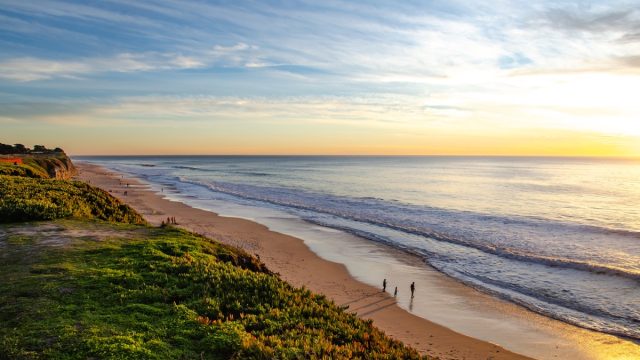
It’s common sense to be wary of the water when ocean tides are especially rough. But experts say that there’s another, less intuitive, time that the ocean may pose a risk to your safety: when the waves are unusually calm. Troy Nicolini, a forecaster with the National Weather Service office in Eureka, California, says that abnormally mild tides can signal a deadly phenomenon called “sneaker waves.”
The result of storms far out on the ocean, sneaker waves are sudden surges of water that rush up the beach without warning, sometimes catching beachgoers off guard and pulling them out to sea. In fact, in some areas of the country, “Sneaker waves kill more people than all other weather hazards combined,” Nicolini said at the annual meeting of the American Meteorological Society in 2014. Read on to discover which conditions can increase the risk of these deadly waves, and which states are most likely to experience sneaker waves this summer.
RELATED: If You See This in a Hot Tub, Don’t Go In, Experts Say.
Certain conditions make sneaker waves particularly deadly.
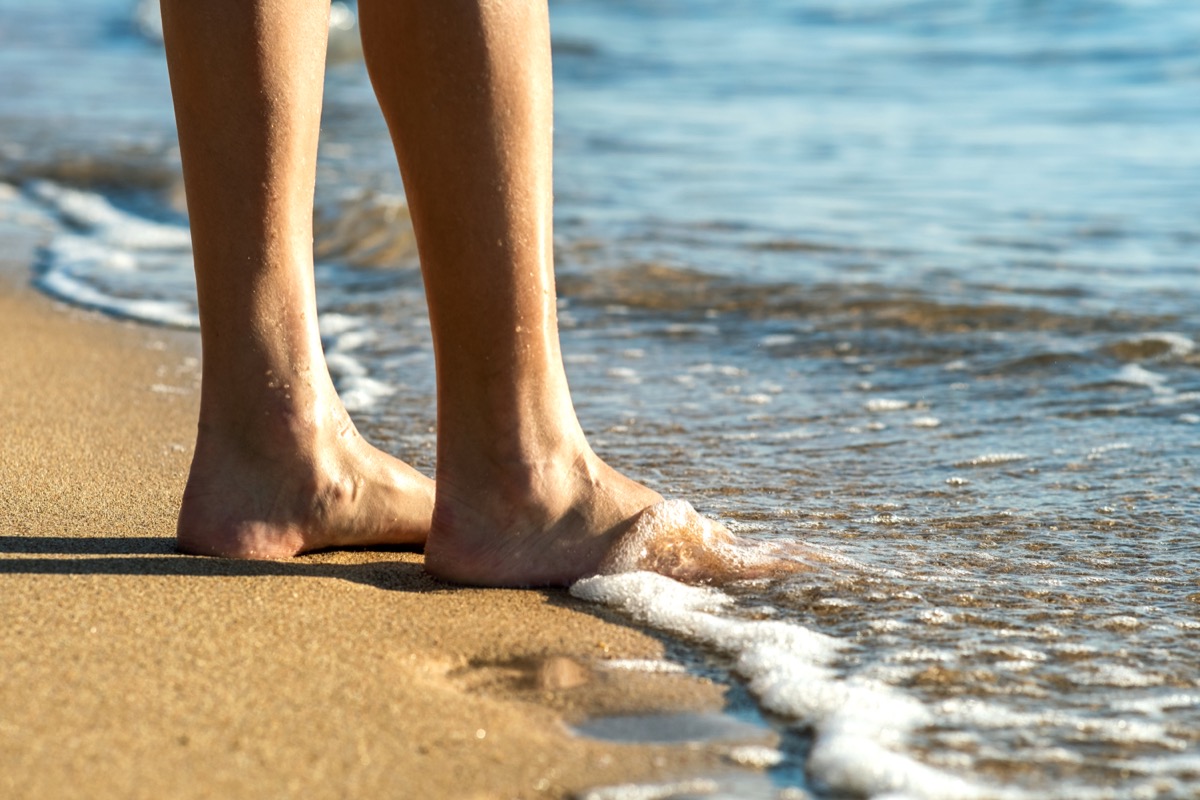
“Anybody that’s been to the beach has probably had the water surprise them and get their feet wet,” says Nicolini. However, under certain circumstances, sneaker waves can prove especially dangerous. “You have to have the whole package for it to be this dangerous phenomenon,” the forecaster added.
Some states are home to a perfect storm of conditions that make sneaker waves most deadly. Not only do these areas have higher rates of sneaker waves overall, they also tend to have colder water. This poses a problem for two reasons: First, the shock of cold water can make swimming more difficult. Second, beachgoers are less likely to be dressed to swim and may be caught off guard while walking down the beach. The added weight of layered clothing or boots makes it harder to resist a sudden surge of water, which can rise to waist or chest level at a moment’s notice. Additionally, certain areas have more logs and other heavy debris on the beach, increasing the likelihood of a fatal accident as the result of blunt injury or drowning.
Keep reading to find out if you live in one of three states considered a sneaker wave hazard area by the National Weather Service.
California
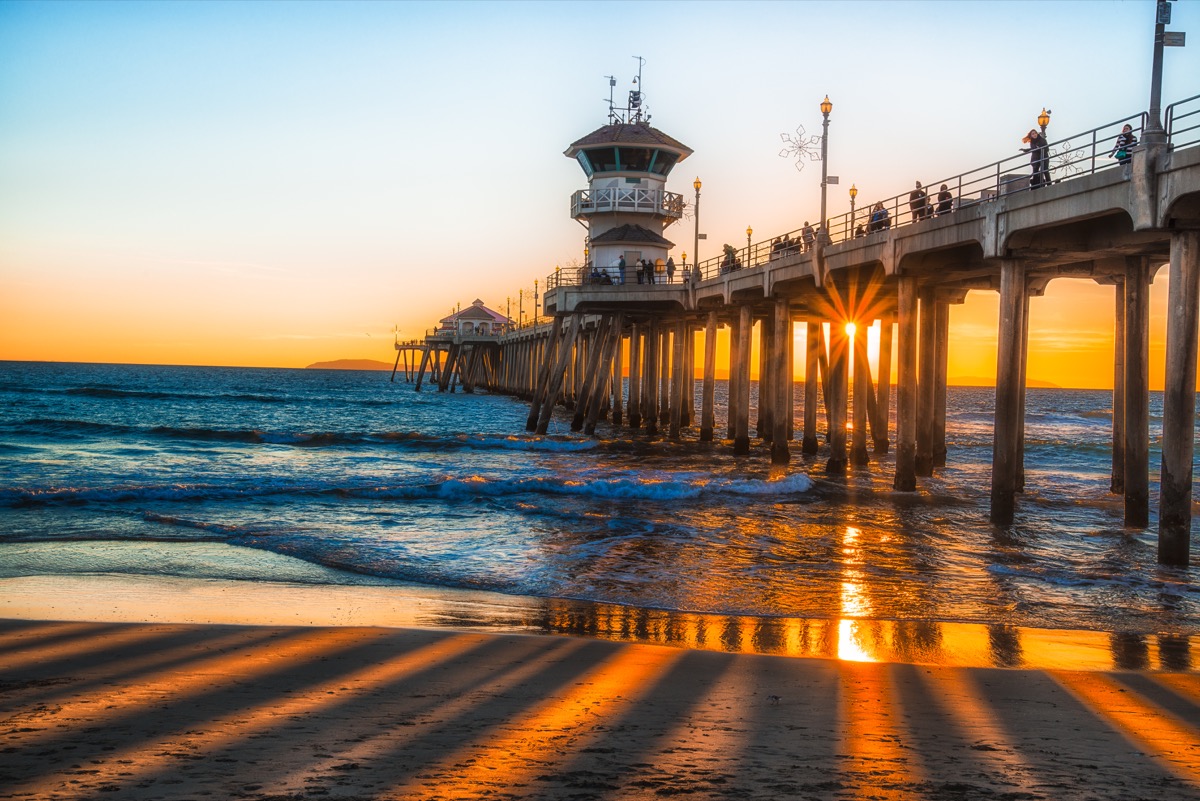
Oregon
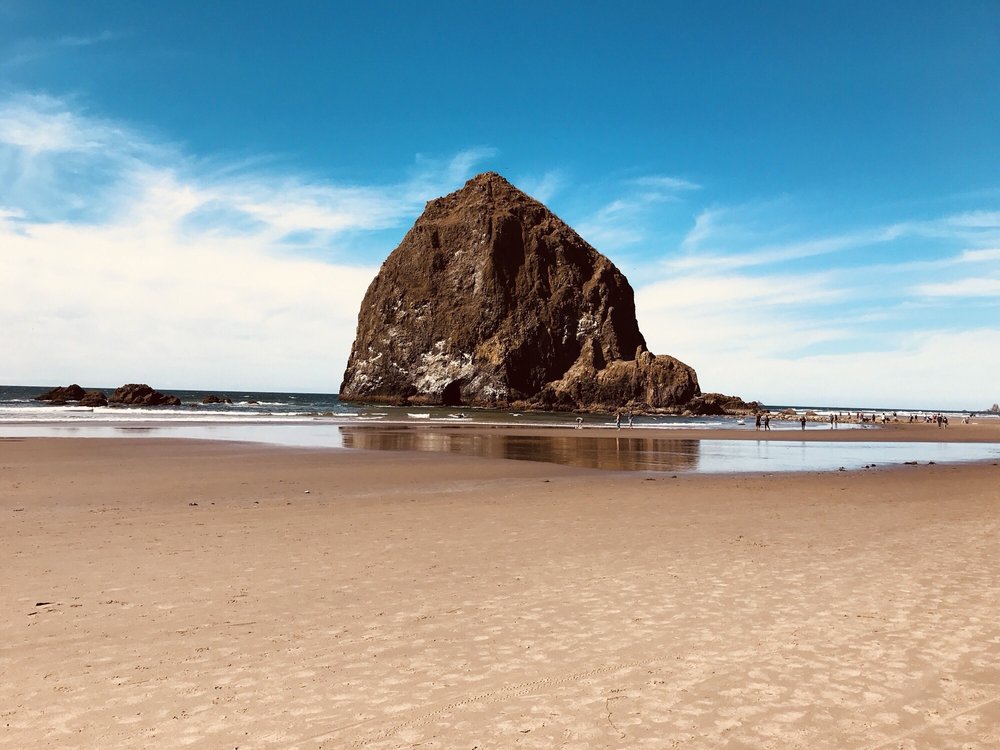
For more summer safety tips sent directly to your inbox, sign up for our daily newsletter.
Washington
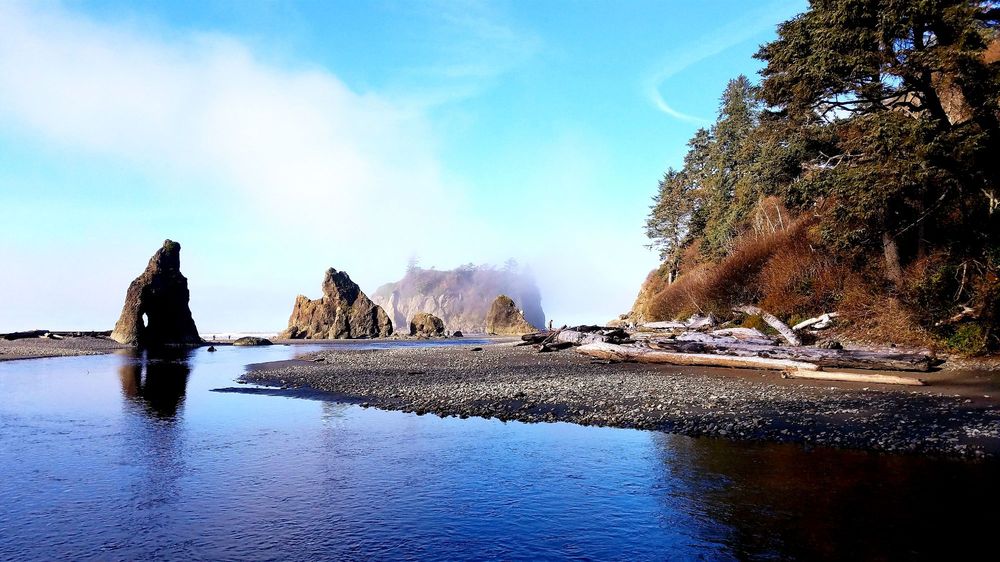
RELATED: Never Go in a Lake If You See This One Thing, Local Officials Warn.